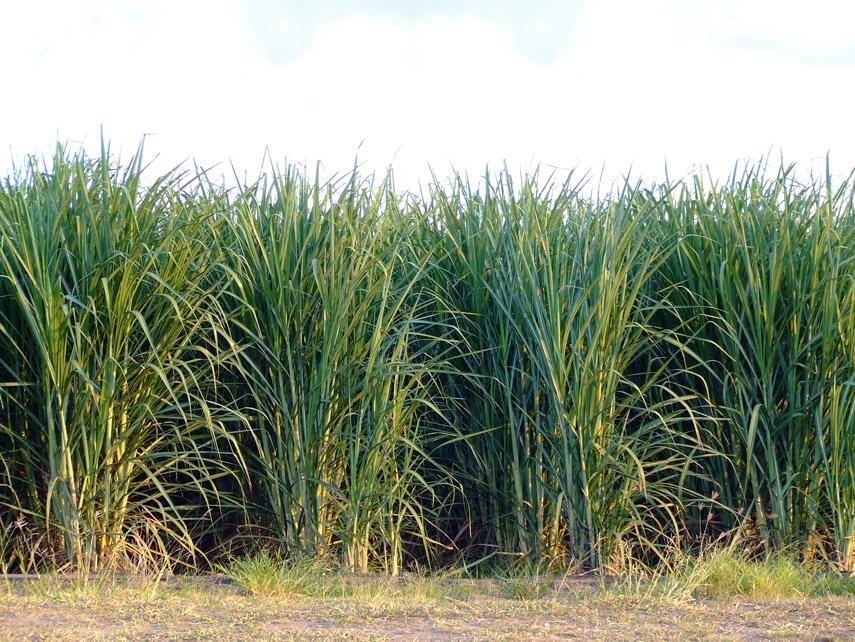LBC Bank placed under receivership
By: Michelle V. RemoPhilippine Daily Inquirer
LBC Development Bank, a unit of the LBC Group, has been placed under receivership of the Philippine Deposit Insurance Corp. (PDIC).
In a statement over the weekend, PDIC said it took over the assets and liabilities of LBC bank after the Monetary Board of the central bank determined that the institution was plagued by liquidity problems.
“All valid accounts and deposit insurance claims will be paid as soon as possible,” PDIC said in a statement.
LBC Development Bank, with head office on JP Rizal St. in Makati City, had 19 branches nationwide.
As of end-June this year, total deposits placed with the bank amounted to P6.09 billion. Of the amount, P3.73 billion is covered by insurance, PDIC said citing bank records.
In terms of number of accounts, there were 321,516 as of June, 99.4 percent of which are fully covered by deposit insurance, said PDIC.
The government insurance agency said the placement of the thrift bank under its receivership would not significantly affect its resources. PDIC noted that the insured deposits with LBC Development Bank made up only a tenth of one percent of total deposits in the country’s banking system.
Under PDIC’s charter, deposits worth P500,000 or below are covered by insurance. Deposits in excess of the amount may or may not be paid depending on the amount to be raised from the liquidation of a closed bank’s assets.
PDIC will conduct forums in areas where branches of LBC are located so that depositors of the bank will know how to claim insurance.
Owners of deposit accounts worth P10,000 or below need not apply for insurance claims. In their case, PDIC will simply mail notices to them and they can withdraw from designated redemption offices, like branches of Land Bank of the Philippines.
The placement of LBC Development Bank under receivership may come as a surprise to the bank’s depositors given the institution’s track record.
LBC Bank was previously awarded the “superbrand” status by Superbrands Philippines Council, which cited it for being one of the most reliable and trusted brands.
REACTION
For those who do not know how huge the LBC is, well, it is huge. It has many businesses such as courier services, money remittance, and our main topic which is the LBC bank. So, what really happened? Is it a scam? or something tragic happened with the people managing it that they decided to close all 20 branches of their banks? In my opinion, well, you can't really tell. It is said that LBC bank was even awarded the "superbrand" by the Superbrands Philippinine Council. So, basically, it would imply that the bank is something that people would trust to take care of their money. LBC's courier service business and money remittance business was a success, and most of our overseas workers even use LBC services, that most of the Filipinos had also trusted their money with their banks. As a local citizen, I have used LBC's services for years, and had never encountered any problems which made me all of a sudden doubt LBC because of this certain issue.
Another issue pointed out is that PDIC will return the depositors' money as soon as possible. How long is there "as soon as possible" by the way? After reading some comments from the article, I have found out that PDIC returns half of the money deposited, and the other half has not yet been returned, after 4 years. This made me think that it is easy for organizations or even people to receive such money but so difficult to return them. I even heard my father mentioned that the depositors are all very pitiful because PDIC usually and most likely only returns half of the value deposited in the bank. Say, I have deposited 1 Million Pesos, and the bank that I have trusted my money had closed, PDIC will only return 500,000 pesos to me. Another thing he mentioned is that the small depositors are the most pitiful because with just 50,000 pesos and below that value deposited, PDIC will no longer return them, like the money has just been automatically dissolved. Of course PDIC will not tell the depositors these kinds of things because obviously they will be under fire. PDIC will just make depositors go through such long process until they get tired of doing so, and eventually give up at getting their money back.
The previously mentioned ideas are just basically opinions. I am not saying that these are true, but I do believe in these things. Whether these things are true or not, the government should take a look at these problems. In that way, it would be corrected and that people will no longer have problems like these. Sayang naman kung madidisolv lang ang perang pinaghirapan hindi lang ng bayan pati na nang mamamayan.


